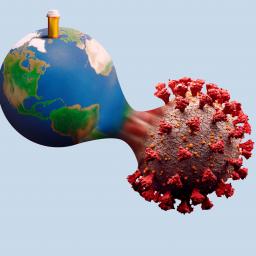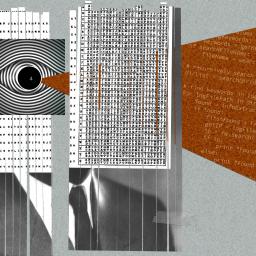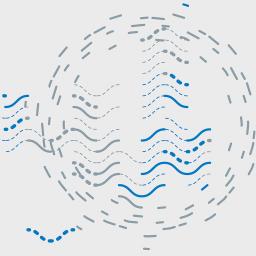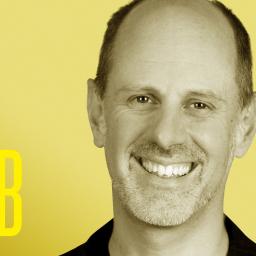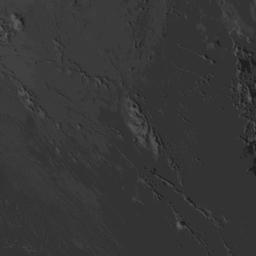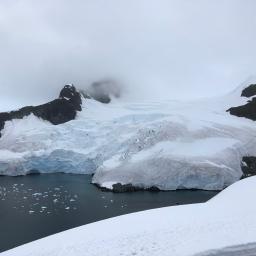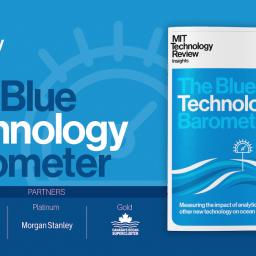by Jenn Webb on (#5W679)
Thank you for joining us on “The cloud hub: From cloud chaos to clarity.” Business process intelligence (BPI) and continuous improvement agendas can add tremendous value to enterprises looking at ongoing business enhancements. In an age where organizations must embrace change rapidly, BPI tools can help accelerate the journey to becoming an intelligent enterprise. Click…






